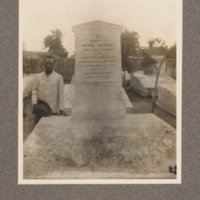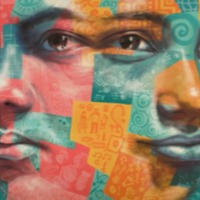
Phuong-Anh Vu
There are an estimated 17,000 people living in modern slavery in Jordan (GSI 2018). Jordan is a source, transit and destination country for adults and children subjected to forced labour, domestic servitude and sex trafficking. People are trafficked primarily from South and Southeast Asia, East Africa, Egypt and Syria. Forced labour victims experience withheld or non-payment wages, confiscation of identity documents, restricted freedom of movement, unsafe living conditions, long hours without rest, isolation, and verbal and physical abuse. Jordan relies on foreign migrant workers – many of whom are undocumented – in several sectors, including construction, agriculture, textiles, and domestic work. Phuong-Anh Vu paid a large sum of money to participate in the labour export program in 2008. She was transferred to Jordan to work in a sewing factory. Upon arrival Phuong-Anh discovered that she was to work long hours for very little pay. When she and others went on strike, her employers restricted her food and water and subjected all strikers to severe beatings. Phuong-Ang was taken to Thailand by the Vietnamese government after contacting a newspaper about her working conditions.
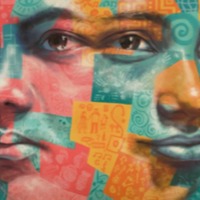
Jin Hae Jo
The Global Slavery Index 2018 estimates that there are 2,640,000 people living in conditions of modern slavery in The Democratic People’s Republic of Korea (North Korea). Men, women and children are subjected to forced labour and sex trafficking. Government oppression in the DPRK prompts many North Koreans to flee the country in ways that make them vulnerable to human trafficking in destination countries. Many of the estimated 10 000 North Korean women and girls who have migrated illegally to China to flee abuse and human rights violation are particularly vulnerable to trafficking. Some lure, drug, detain or kidnap North Korean women on their arrival, others offer jobs but subsequently force the women into prostitution, domestic service, or forced marriage. If found, Chinese authorities often repatriate victims back to the DPRK where they are subjected to harsh punishment including forced labour in labour camps or death.Jin Hae Jo was forcibly repatriated back to North Korea from China. She tells of how many North Korean women fall victim to traffickers in China as they leave to help their starving families.
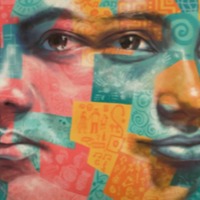
Kahlid
There are an estimated almost 8 million people living in modern slavery in India (GSI 2018). India has a population of more than 1.3 billion people, there are still at least 270 million people living on less than US$1.90 per day. While laws, systems and attitudes regarding key 'fault lines' such as the caste system, gender and feudalism are rapidly changing, social change of this depth and scale necessarily takes time. In this context, it is perhaps unsurprising that existing research suggests that all forms of modern slavery continue to exist in India, including intergenerational bonded labour, forced child labour, commercial sexual exploitation, forced begging, forced recruitment into nonstate armed groups and forced marriage. Kahlid, a 36 year old garment worker tells of how he is forced to work long hours for little pay in poor living conditions. He talks of the health problems he and other workers face in the garment factory.
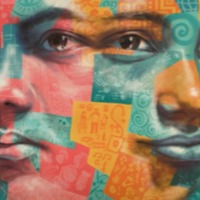
Ki Pheakdey
While the Global Slavery Index 2018 estimates that there are less than 1000 people living in conditions of modern slavery in Fiji, it nevertheless remains a source, transit and destination country for men, women and children subjected to forced labour and sexual exploitation. Workers from South and East Asian countries are often subjected to forced labour in small and informal farms and factories, construction, and on fishing vessels that transit through Fiji or board fishing vessels (mainly China and Taiwan-flagged) from Fiji ports and waters.Ki Pheakdey was 22 years old when he was trafficked by the recruitment agent Giant Ocean Intl Limited from Cambodia to Fiji where he was forced to work for 3 years on a fishing vessel.
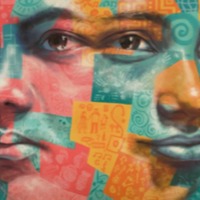
Dieudonne
There are an estimated 1,045,000 people living in conditions of modern slavery in the Democratic Republic of Congo (GSI 2018). In 2016 several armed groups continued to abduct and forcibly recruit men, women and children as combatants and in support roles such as guards, cleaners, cooks and spies. In 2016, 184 cases of child soldiers were reported, with 1,662 children reported to have separated or escaped from armed groups. Child soldiers who manage to escape remain vulnerable to re-recruitment as adequate rehabilitation services remain unavailable to children suffering trauma, stigmatisation and the continued threat of armed groups. Dieudonne was taken from his home in Burundi by militia forces and taken to the Congo to fight. Dieudonne was forced to cook and fight for the militia, he tells of how his best friend was killed while fighting.
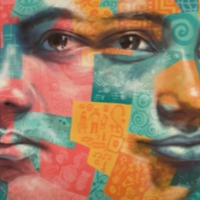
Sunnam Maheswari
It is estimated that almost 8 million people are living in conditions of modern slavery in India (GSI 2018). The skewed sex ratio in some regions of India has fuelled the trafficking and selling of women and young girls as brides within India. Women are reportedly sold off into marriage by their families, sometimes at a young age, and end up enduring severe abuse, rape and exploitation by their husbands. It is also reported that women and girls from impoverished backgrounds have been lured by promises of marriage by younger men from urban areas, then forced into sex work once married. After her father’s death, Sunnam Maheswari’s mother attempted to get her married, subjecting Maheswari to physical violence when she protested. Fearing for her life, Maheswari ran away from home, eventually coming to the attention of the police who with the help of Childline had Maheswari and her brother placed in a hostel away from their mother where they could continue their education.
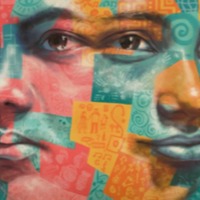
Muthyam Anitha
It is estimated that almost 8 million people are living in conditions of modern slavery in India (GSI 2018). The skewed sex ratio in some regions of India has fuelled the trafficking and selling of women and young girls as brides within India. Women are reportedly sold off into marriage by their families, sometimes at a young age, and end up enduring severe abuse, rape and exploitation by their husbands. It is also reported that women and girls from impoverished backgrounds have been lured by promises of marriage by younger men from urban areas, then forced into sex work once married. Muthyam Anitha was forced to stop her education to look after her ill father. After her father passed away, it was Muthyam’s responsibility to care for her family and she went to work as a domestic worker. After an incident with her aunt’s husband, Muthyam’s mother worried about her prospects and forced her to get married to a man she did not want to marry.

Sook Joo
The Democratic People’s Republic of Korea (North Korea) is a source country for men, women and children who are subjected to forced labour and sex trafficking. Government oppression in the DPRK prompts many North Koreans to flee the country in ways that make them vulnerable to human trafficking in destination countries. Many of the estimated 10, 000 North Korean women and girls who have migrated illegally to China to flee abuse and human rights violation are particularly vulnerable to trafficking. Some lure, drug, detain or kidnap North Korean women on their arrival, others offer jobs but subsequently force the women into prostitution, domestic service, or forced marriage. If found, Chinese authorities often repatriate victims back to the DPRK where they are subjected to harsh punishment including forced labour in labour camps or death. Sook Joo was working in Moo-San station when she fled North Korea to China in search of a better life. However, upon arrival she was sold to a Chinese man and tells of how she was treated as less than human.
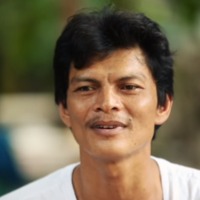
Chairat
Benjina Island lies 400 miles to the north of Australia and has been the home of an illegal fishing operation for a number of years. While only one company was registered to use the island, investigations by labour rights organisations has found that the island acted as a port and base for fishing operations across the region. The island functioned as a makeshift prison, with small cages found where trafficked fisherman would be kept if they clashed with their employers or asked too many questions. It was when the Labour Rights Promotion Network joined forced with the Associate Press and Thai TV Channel 3 after hearing stories from survivors who had escaped the island, mounted a search for the island that they found shocking human rights violations. Chairat was trafficked on to a Thai fishing boat and then found himself imprisoned on Benjina Island where enslaved fisherman were imprisoned, forced to fight and were often killed.

Moe
Within Burma, some military personnel, civilian brokers, border guard officials and ethnic armed group continue to recruit or use child solders. In some cases, recruiters use deception, offering incentives or coercing children or their families through false promises about working conditions, salary, and promotion opportunities. While Human Rights Watch have noted that there is no way to precisely estimate the number of children in Burma's army, and while there is an ongoing process to end the forced recruitment of underaged children, there remain numerous accounts proving that the use of child soldiers continues among the 500,000 troops in the country. Moe, 19 years old, was arrested by soldiers at his home in Burma and forced to fight for them under the threat of death. Moe was only able to escape when he and his friend Si Thus killed the major and fled, running for ten days to Thailand.
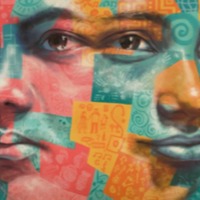
Anita A
Despite signs of progress, Bangladesh continues to have one of the highest child marriage rates in the world.66% of girls in Bangladesh are married under 18 with the average age of marriage for girls in the country being 15. As well as deeply embedded cultural beliefs, poverty, is also a driving factor for child marriage, with parents’ seeking to obtain economic and social security for their daughter. Dowry also continues to be a driving factor, with prices often increasing the older a girl gets. Anita was 13 years old when she was forced to marry a man she did not know. Anita became pregnant 5 months in to the marriage at 14 years old. Her delivery was extremely difficult and the baby died, leaving Anita in severe pain and injured. Anita now worries that if she cannot have another baby, her husband will leave her.
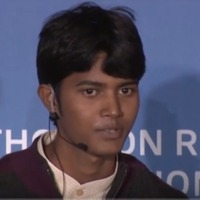
Manon
Mica is a mineral that provides the sparkling effect in cosmetics and car bodypaint. The mica mining area of Jharkhand/Bihar in India comprises an estimated 300 rural villages, and child labour occurs in these remote villages, including collecting/mining mica and cobbing (hammering minerals other than mica from the mined rocks. It is estimated that approximately 20,000 children are currently working in the mica mines in India, with 90% of these working under illegal conditions of modern slavery. Manon was trafficked from Nepal to India at the age of 6 years old to work in the Mica mine. Forced to work in dangerous conditions, and to watch his best friend die, Manon was finally rescued two and a half years later.
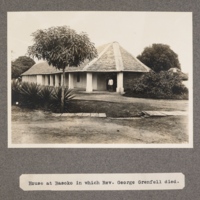
House at Basoko in which Rev. George Grenfell died
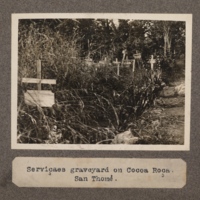
"Servicaes", graveyard on cocoa roço. San Thomé
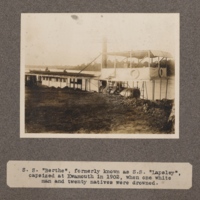
S. S. Berthe, formerly known as S. S. Lapsley, capsized at Kwamouth in 1902, when one white man and twenty natives were drowned
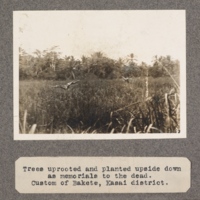
Trees uprooted and planted upside down as memorials to the dead. Custom of Bakete, Kasai District
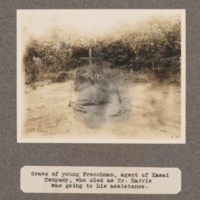
Grave of young Frenchman, agent of Kasai Company, who died as Mr. Harris was going to his assistance
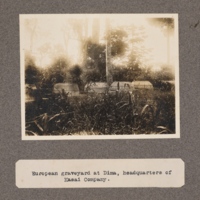
European graveyard at Dima, headquarters of Kasai Company
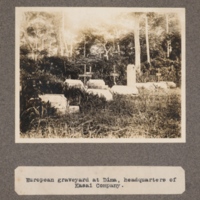
European graveyard at Dima, headquarters of Kasai Company
